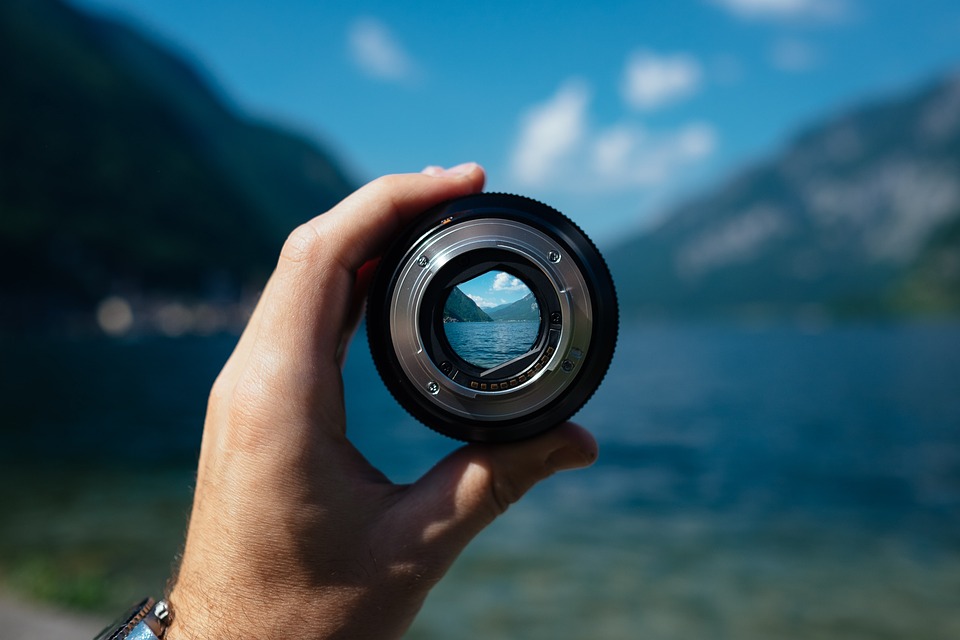
How You Move Matters
Free Alexander Technique Exercises, Tips, and Resources
Lively focus is a lively choice
What grabs your attention and what fades from view?
Bright sparkling lights can take over your focus temporarily, and then your interest moves on. But when something becomes a priority, everything else fades or blurs a bit. Even loud sounds, like fireworks, can become background if your attention is pulled elsewhere.
A person’s attention is changing all the time. Attention is subject to choice. While it’s hard to maintain a singular focus that blocks out everything else, we can and do choose to place something in the forefront of our attention while letting other things be in the background.
In today’s Margolis Method class, we worked with primary and secondary focus as a theatrical tool. In other words, what do I want the audience to recognize as is the most important aspect of my character’s experience? In any given circumstance, what is primary and what is secondary?
Even if you are not an actor, this is a question you are dealing with all the time when you are trying to communicate something complex. Priorities are chosen. Often conflict occurs when there is a disagreement about primary versus secondary priorities.
Applied to nervous anticipation, changing your primary focus can reduce your stress. Instead of letting your nervousness take front and center of your attention, can you make it a secondary or background issue? Can you bring something of more practicality or even of pleasure into your primary focus?
Exploring your options starts with a pause. Open up your senses to what is around you. Use your peripheral vision or widen your scope of listening, try smelling or staying with what you are tasting a bit longer for the subtle undertones.
What do you find in the background (or secondary field of attention) that you would like to bring into the foreground of your attention?
Try this AT Motion experiment:
Primary/Secondary focus walk
Walk A: Take a walk in a familiar place. Start to notice the sounds around you. As you walk let listening and sensing be your primary focus. You might tune into the noises of the city or overheard conversations. The sounds might evoke awareness of your other senses. You will still be aware of decisions your will make about direction in space and your coordination - but let that be secondary. Let listening and sensing be primary.
Walk B: Now make a switch. Instead of focusing on listening and your senses, let your spatial choices and coordination be primary. Use Alexander’s self-directions for springing into expansion, UP and OUT into space. Let your freedom of motion be directed upward and outward. Let our energy support the upward freedom with downward support. Walk with that vertical dynamic. Include the dynamic of volume. Let your opening into width and depth be supported by a strong inward support (your core). Now let the swinging of your arms and legs bring flow into your stride as your choose your pathway or route. Coordinating with spatial direction is primary but you will still be aware of what you are taking in through your senses - but let that be secondary.
Notice the differences in your experiences in walks A and B.
Notice change.




